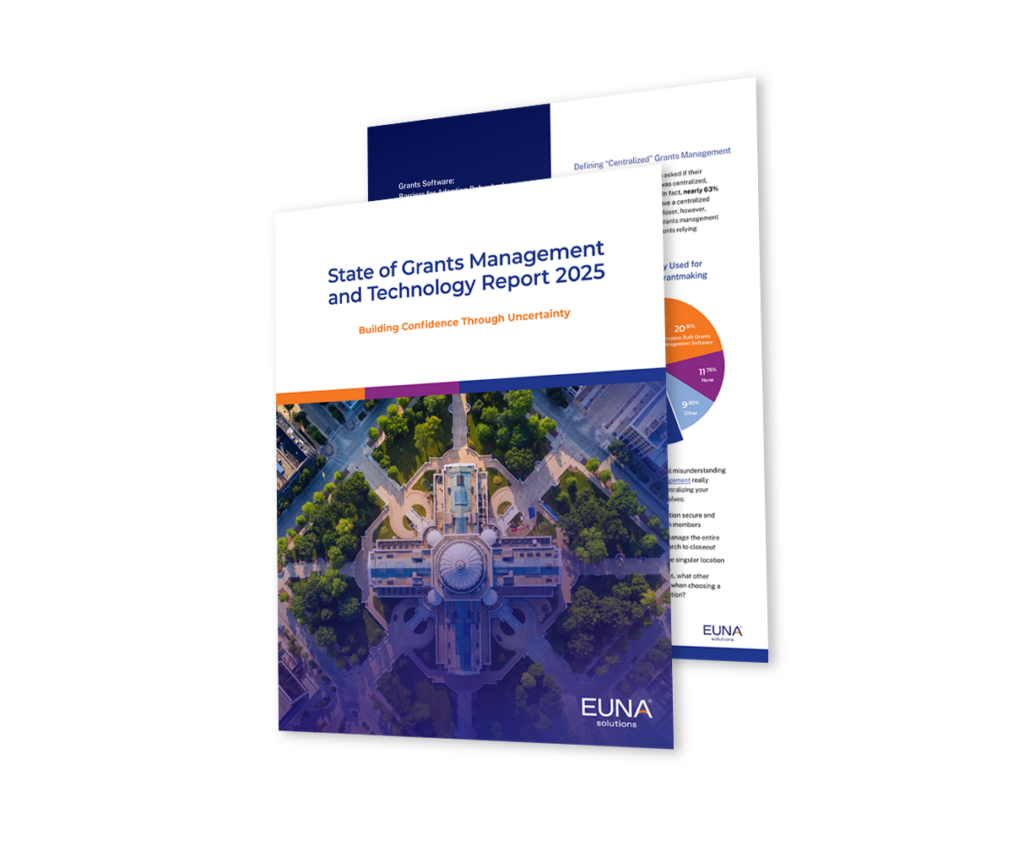Screenwriters have a couple things in common with grant writers. Both have to pitch their script or project to a prospective funding agency—one a Hollywood studio, the other a grant-making institution. The screenwriter must keep the spiel short ‘n’ sweet to grab attention, and the grant writer must present the funding need precisely and cogently.
But the grant writer’s product is a far different story. The proposal must scrupulously follow guidelines, articulate a clear vision, and demonstrate project sustainability.
Why the strict rules of the game? Funding agencies, like the studios, want to know that they are going to get some real bang for their buck. Sustainability must be palpable for both sides.
The grant writer should clearly demonstrate the goals and objectives of the project. Many grant makers require that applicants include a logic model (sometimes referred to as program theory) with their application to show how contributing resources will lead to long-term results. The logic model is the diagram or chart depicting your organization’s planned work and intended results for a given project. It is composed of the inputs, activities, outputs, short- to long-term outcomes, and impacts of the project. Don’t worry about the jargon; I’ll clarify in the following paragraphs.
The logic model shows the chain of the project’s connections. This visual representation is useful to both the applicant organization and the potential funding institution, as it becomes “a common language and reference point for everyone involved in the initiative…. The value of a logic model is that it visually expresses beliefs about why the program is likely to succeed. And because it is visual, it typically can be more easily remembered.”[i] So, this blueprint linking A to Z helps to keep the grant seeker on track while writing and implementing the project, and it keeps the grant maker on the same page.
- Inputs (a.k.a. Resources): The human, financial, and physical resources that support your grant-funded project or program. These include grant funding, cash and/or in-kind matching funds, staff and volunteer time, facilities, equipment, transportation, and community partners.
- Activities (a.k.a. Strategies): What your project does with the inputs/resources. Your goals.
- Outputs: The direct results of your program’s implementation activities. These are concrete, quantified indicators of productivity.
- Outcomes: The short-, intermediate, and long-term benchmarks for your target population during and after program activities.
- Impacts/Impact Statement: The fundamental change that is anticipated as a result of your project.
Inputs and activities make up your planned work; the outputs, outcomes, and impacts represent your intended results. The logic model should be easily digested and composed of neither too much nor too little information. Great examples of logic models can be found in Grant Writing for Dummies (2011, reprint) by eCivis’ Vice President of Grants Professional Services, Dr. Beverly Browning, as well as the logic model bible, W.K. Kellogg Foundation Logic Model Development Guide, which provides an in-depth, easy-to-read analysis of the value of the logic model. Everything You Wanted to Know About Logic Models but Were Afraid to Ask (quoted above) provides an overview on frequently asked questions about functions, development, and revision needs of the logic model. Below is an example taken from the Department of Transportation [ii]:
The resources (Inputs) provide for the development and implementation of a wildlife crossing (Activities). The habitat bridge is the result of implementation activities (Outputs), leading to an increase in wildlife population and habitat connections (Outcomes), which ultimately lead to a sustainable ecosystem (Impacts). From inputs to impact(s), the project’s dots are connected on one linear chart.
With a clear logic model, the funding agency can see how their dollars will be linked to concrete results, the applicant organization can see the steps needed to attain sustainability, and both parties have a common language for the project. Along with a complete, reviewed application, this shared language (or collective thought bubble) can help translate into a shared vision and award funding!
eCivis Grant Researcher James Bauerle
References
[i] Schmitz, Connie, and Beverly Anderson Parsons. Everything You Wanted to Know About Logic Models but Were Afraid to Ask. Boulder, CO: InSites; Minneapolis, MN: Professional Evaluation Services, 1999.
[ii] U.S. Department of Transportation. Federal Highway Administration. Environmental Review Toolkit. Eco-Logical: An Ecosystem Approach to Developing Infrastructure Projects. http://environment.fhwa.dot.gov/ecological/eco_5.asp. First accessed March 1, 2012.
Free 2 CFR 200 (UGG) Training Videos
- VIDEOS: Uniform Guidance Simplified (Gil Tran, OMB)
- VIDEOS: Uniform Guidance Fundamentals (Victoria Collin, OMB)
- VIDEOS: Question & Answers about Indirect Costs (Panel)
- VIDEOS: Uniform Guidance Indirect Cost Training (Mak Karim, HHS)
- VIDEOS: COFAR Promising Practices (Panel)
Ready To Modernize Your Grant Process?
See how eCivis can help streamline and automate your internal controls, workflows and management process. Learn more today. If you want to learn more about other grant management best practices go to our blog homepage.

